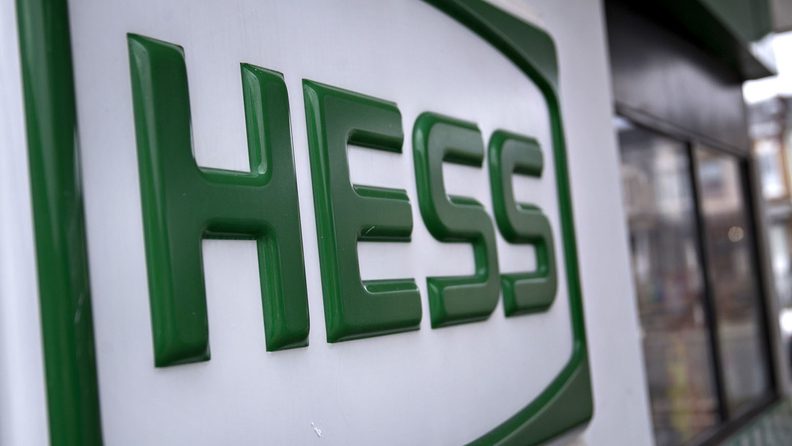Vice President Dr. Bharrat Jagdeo clarified during a November 2 media conference that Hess Guyana Exploration Limited, a subsidiary of Hess International, still controls the 30% working interest in the Stabroek block, where 11 billion barrels of oil equivalent (boe) have been unlocked.
The chief policymaker for the oil sector made this key distinction as there are assumptions that there would be renaming or restructuring of Hess as a consequence of Chevron’s purchase of Hess International, or that Chevron Corporation would automatically take over the Stabroek block interest using another entity. The US multinational had announced on October 23, 2023, that it was acquiring Hess International for a whopping US$53 billion or US$171 per share. The transaction is expected to close in the first half of 2024, subject to shareholder and regulatory approvals and other customary closing conditions.
Jagdeo explained that there are key nuances that stakeholders must understand where this transaction is concerned. He said Sections 88 and 89 of the Petroleum Activities Act require ministerial approval for the transfer of any interest in a license as well as change of shareholding of a licensee.
“In the proposed Hess acquisition by Chevron, Chevron International is acquiring the shareholding of Hess Guyana’s parent company (Hess International) and not directly Hess Guyana (a separate company),” Jagdeo said. “No ministerial approval is required in these circumstances because Hess Guyana’s shareholding is not being changed, nor is Hess Guyana selling their interest in the respective blocks directly to Chevron.”
Furthermore, the Vice President said Hess Guyana will continue to be owned by Hess International, though Chevron will now own the parent. If Chevron decides to incorporate a new entity to own Hess Guyana, Dr. Jagdeo stressed that in such an instance, ministerial approval would then be required under the law.
Across the industry, analysts have agreed that Guyana’s Stabroek block is indeed the grand prize of the Chevron-Hess deal. Even Chevron’s chief executive officer (CEO), Mike Wirth, highlighted the importance of Guyana’s advantaged barrels to his portfolio during a special earnings call in October.
The Chevron Chief said, “The Stabroek block in Guyana is world class with over 11 billion boe of gross discovered recoverable resource from the industry’s largest oil discovery in the last decade…There is potential for up to 10 [floating production, storage and offloading vessels] FPSOs, which is expected to drive production growth into the next decade. And there’s exploration upside potential, with 10 to 12 wells planned for 2024.”
Given past success, he commented that this bodes well for further resource growth, adding “We intend to continue partnering with the government of Guyana to create shared prosperity and value for the country and its people.”
The ExxonMobil-operated Stabroek block currently has two projects producing about 380,000 barrels of oil per day (bopd). The third development project, Payara, will start in the middle of November. It is expected to add approximately 220,000 gross bopd. Exxon and its partners are eyeing a production output of more than 1.2 million barrels of oil by 2027.



